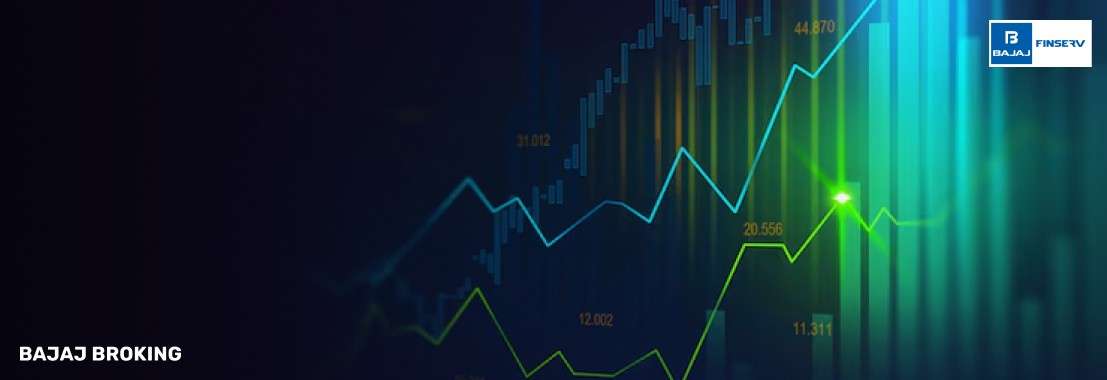If you trade on margin, you know every rupee of buying power matters. But here’s the thing — your trading account’s balance isn’t the whole story. Hidden in the background, there’s something called a Special Memorandum Account, or SMA.
It’s not a real pile of cash sitting in your account. Think of it more like a notepad your broker keeps, tracking the extra buying power you’ve built up — usually from profitable trades or fresh deposits. In India, you might not hear about it as often unless you’re actively trading on margin.
But once you know how to use it, it can help you trade smarter, avoid sudden loan calls, and make better plans when markets are volatile.
How Does an SMA Function in Margin Trading?
Picture this: you start out with enough money to cover the first gap. Then your holdings go up in value, or maybe you deposit more money, or you repay part of the margin loan. That “extra” above the required margin? That’s your surplus equity.
Your broker automatically notes this surplus in your SMA. You can’t just withdraw it like regular cash, but it quietly boosts your buying power. If you see a new opportunity, you can use that surplus to enter fresh trades — without adding more money right away.
It’s not static either. If your stocks rise, the SMA grows. If prices dip, it may shrink. In some cases, it can act as a buffer, buying you a little time before a margin call hits. Brokers use this record to figure out if you can take on new positions and to ensure your leverage stays within allowed limits.
Bottom line — SMA is like an extra gear in your trading engine. It’s there when the market’s in your favour and keeps you from stalling when it gets bumpy.
Why Is It Important to Monitor a Special Memorandum Account?
Monitoring your Surplus Margin Available (SMA) is essential for accurate buying power assessment and early warnings of margin issues. It prevents forced selling, keeps risks visible, and supports fact-based trading decisions.
By tracking SMA, you can respond to changing market conditions, verify that profits strengthen your margin, and avoid unintentionally overleveraging. This helps traders adjust positions wisely, even in volatile environments.
SMA monitoring also supports compliance with broker and regulatory rules. It balances risk and return, enabling bold moves when safe and cautious retreat when necessary.
Additionally Read: What is Memorandum of Association?
What Is the Purpose of a Special Memorandum Account?
The SMA only has one easy job: to keep track of margin capacity that isn't being used. Even though it's just a record and not a pocket, that record can open doors.
It takes in extra margin from payments or gains. Every bit that is added on top of the original need is saved for later use.
It increases your ability to buy things without spending more money. It lets you trade more without getting more money.
Serves as a market cushion. Can handle small drops in value before a margin call happens and allows tracking of brokers. They can see right now how much space you have.
Keeps you from dangerously overleveraging. Limits dealing to what your extra money can really cover and encourages the smart use of cash. Every rupee of equity makes things work better without adding extra danger.
What Factors Should You Consider Before Opening a Special Memorandum Account?
You don't have to sign a form to open a SMA; it's already built into your margin account. But choosing to put it to use? That is a smart move.
Get to know how margin works. Learn the basics of borrowing money, paying interest, and meeting upkeep needs.
How much risk can you take? More buying power also means more loses that could happen.
Check out the broker rules. Check fees, formulas, and how to handle margins are all different policies.
Read and understand the rules. SEBI rules and broker compliance rules are important.
Adapt to the way you trade. Long-term buyers may lose money more than traders who trade often.
Think about the cost of interest. Know when the interest starts to add up on your margin loans.
Make plans for how to leave. Orders to stop losses and goals for profits can keep you from getting hurt.
Conclusion
With a Special Memorandum Account, you can trade more freely because you can use your profits and savings to trade more without having to keep adding cash. If you use it right, it can also protect you from sudden margin calls.
But it’s not magic money. The SMA works well when you monitor it, understand the risks, and follow a disciplined plan. If you combine it with good market judgment and sound risk control, it becomes a quiet but powerful partner in your trading journey.




